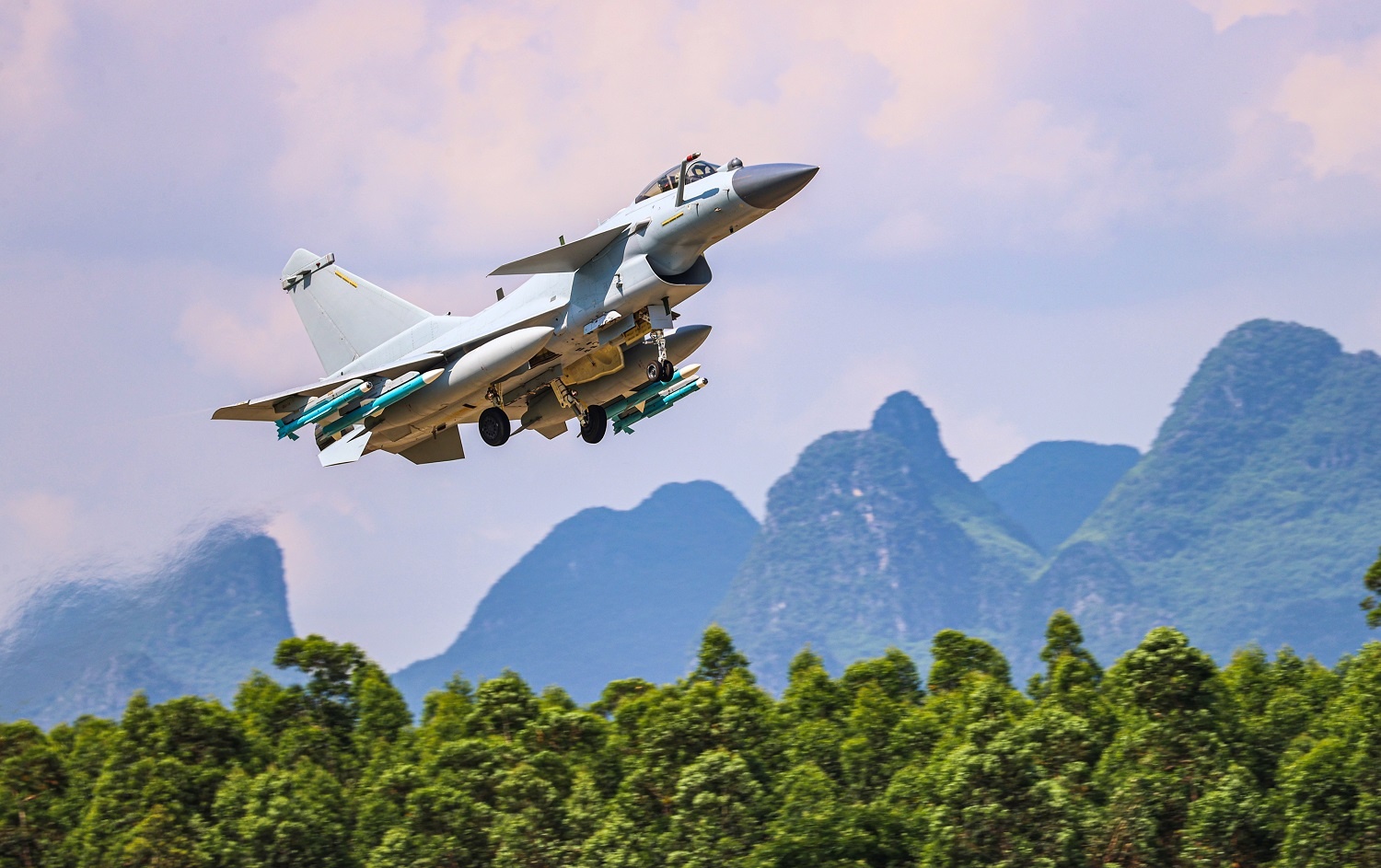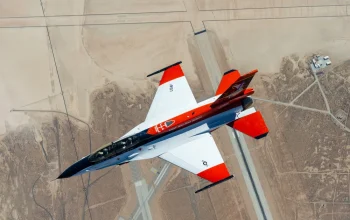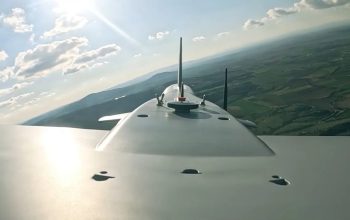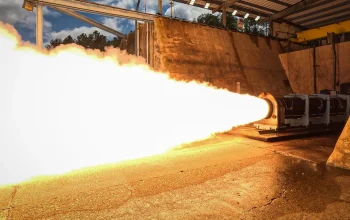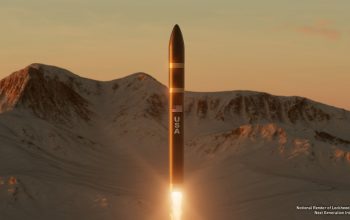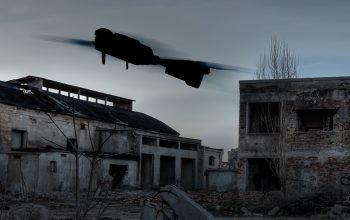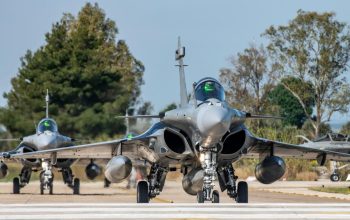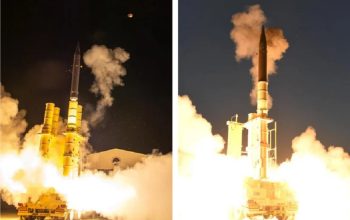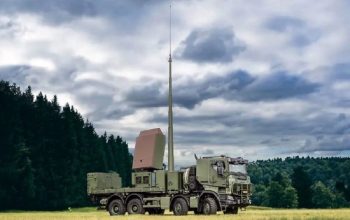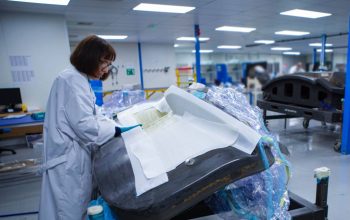China’s People’s Liberation Army (PLA) Eastern Theater Command announces commissioning of more J-10C fighters shortly after the island of Taiwan commissioned the first combat wing of F-16V fighters. PLA Eastern Theater Command Air Force replaced some of its old J-7 fighter jets with advanced J-10C fighters. Nine J-7E fighter jets recently left an airbase in the east of South China’s Guangdong Province, as they have been retired from active combat service. In addition to the J-10C fighter, the PLA Eastern Theater Command Air Force has previously received delivery of the advanced J-16 heavy fighter.
The Chengdu J-10 (NATO reporting name: Firebird) is a single-engine, multirole fighter capable of all-weather operation, configured with a delta wing and canard design, with fly-by-wire flight controls, and produced by the Chengdu Aircraft Corporation (CAC) for the People’s Liberation Army Air Force (PLAAF). The J-10 is mainly designed for air-to-air combat, but may also perform strike missions. The J-10 was designed and developed by the Chengdu Aircraft Design Institute (CADI), a subsidiary of Chengdu Aircraft Corporation. The J-10 is externally similar to the IAI Lavi. The Chengdu J-10 is incorporating “a melting pot of foreign technology and acquired design methods.”
The Chengdu J-10C is an upgraded version of J-10B, it is equipped with an indigenous Active electronically scanned array (AESA) fire-control radar and is equipped with imaging infrared seeker (IIR) PL-10 and new long range dual pulse rocket motor PL-15 air-to-air missile (AAM). The J-10Cs the brigade received are equipped with the domestically developed WS-10 Taihang engines. The J-10 uses a multi-mode fire-control radar designed in China. The radar has a mechanically scanned planar array antenna and is capable of tracking 10 targets. Of the 10 targets tracked, 2 can be engaged simultaneously with semi-active radar homing missiles or 4 can be engaged with active radar homing missiles.
The aircraft’s internal armament consists of a Gryazev-Shipunov GSh-23 twin-barrel cannon, located underneath the port side of the intake. Other weaponry and equipment is mounted externally on 11 hardpoints, to which 5,600 kg (12,300 lb) of either missiles and bombs, drop-tanks containing fuel, or other equipment such as avionics pods can be attached. Air-to-air missiles deployed may include short-range air-to-air missiles such as the PL-8 and PL-10 (on J-10C), medium-range radar-guided air-to-air missiles such as the PL-12 and PL-15 (on J-10C), unguided and precision guided munitions such as laser-guided bombs, air-to-surface missile such as KD-88, anti-ship missiles such as the YJ-91A, and anti-radiation missiles such as the YJ-91.


